Electrical Installation: A Comprehensive Guide for Home Safety
New builds - Renovations - Upgrades
Our homes are filled with electrical devices and appliances, but how often do we think about the complex systems that power them? Understanding, planning, and maintaining an electrical installation is crucial for home safety. In this comprehensive guide, we delve into the intricacies of electrical installation, the importance of hiring qualified electricians, and the steps to ensure the safety and efficiency of your electrical system.
Eco Tech Electrical can provide you with all of your electrical needs.
We are a trusted local Electrical Contractor that specialises in Top End installations, built to last in tough conditions.
Key Takeaways
- Understanding and maintaining a home’s electrical system is essential for safety, efficiency, and reliability.
- Hiring a qualified electrician to upgrade switchboards and outlets, create an electrical layout in accordance with local codes & regulations, use PPE according to safety standards & OHS regulations is necessary.
- Regular inspections by a qualified electrician are recommended annually or every 3, 5 years for homeowners to maintain safe systems.
Circuit Breakers
Circuit breakers, including generator isolating circuit breaker, serve as a protective shield against overloads and short circuits, thereby guarding major electrical appliances from damage. When circuit breakers trip, they come in different types, such as air-insulated, cast resin, and metal-enclosed switchboards.
Upgrading your switchboard is legally required in accordance with Australian standards and must be carried out by a licensed and qualified electrician. The procedure involves deactivating power to the building, installing new circuit breakers and safety switches, and performing electrical tests.
Outlets
Outlets serve as connection points for devices and appliances to access electricity safely and efficiently. Upgrading consumer mains may be necessary when installing large appliances like air conditioning units or pools. Factors such as capacity, voltage, and power should be considered when upgrading a switchboard, as well as ensuring a reliable power supply.
To ensure your electrical system remains safe, it is recommended to test safety switches twice annually.
Understanding Electrical Installations
A home’s electrical system is composed of wiring, circuit breakers, and outlets, working together to provide power to devices and appliances. Neglecting these components can lead to serious consequences, such as electrical fires and frequent power outages.
Switchboard upgrades are key for a safe, efficient electrical system, and investing in a switchboard upgrade can significantly improve performance.
Wiring Systems
Wiring systems are the backbone of electrical installations, connecting power sources to devices and appliances. They come in various types, such as:
- Mains power wiring
- Distribution wiring
- Communications wiring
- Earth and bonding wiring
Some wiring systems can also incorporate a surge protection device to protect against voltage surges.
Copper and aluminum are the most frequently used materials in electrical wiring systems, while high-strength alloys and non-metallic cables like Romex are also employed. For residential installations, wires typically come in 1.5mmsq to 2.5mmsq.

Professional Electrical Contractor
Eco Tech Electrical are licensed and accredited electrical contractors that specialise in designing, installing, and maintaining electrical systems and equipment.
We are responsible for various electrical projects including residential, commercial, and industrial installations.
Our scope of work can range from simple electrical repairs and upgrades to complex projects involving power distribution systems, lighting, control systems, and more:
- New installations
- Lighting and power
- 3 phase equipment
- Switchboard Upgrades
- Fire alarms and safety checks
- Air conditioning
- Fans, PowerPoints, and other household electrical needs
For more information on where we can help with any of your electrical needs, give our friendly team a CALL TODAY!

Trusted Local Contractor
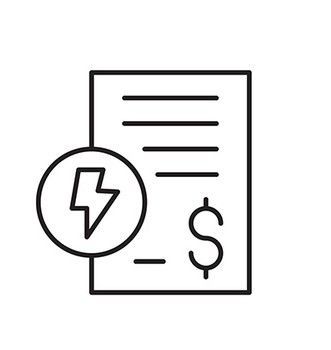
Best Prices in Town
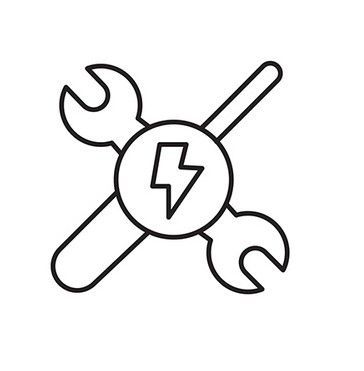
Licensed Electricians
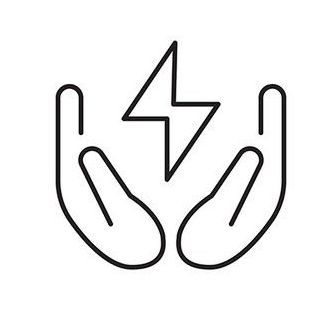
Safe, Tidy and On Time
Planning Your Electrical Installation
A well-structured plan is vital for a safe, functional electrical installation. Assessing power needs and creating an electrical layout are essential steps in the planning process.
Adhering to electrical codes and standards, accounting for regulatory agency requirements, and incorporating green and sustainable practices contribute to safety and efficiency.
Assessing Power Needs
For an accurate assessment of power needs, consider the type of electrical equipment and appliances, and determine the number of circuits and outlets required. Various tools and resources, such as the Energy Self-Assessment Tool and House Energy Rating Scheme, can assist in accurate assessments and informed decisions regarding energy consumption, including the use of solar power.
When assessing power needs, it’s important to provide temporary electrical power, take safety precautions like wearing PPE, and engage a licensed electrician.
Creating an Electrical Layout
The design of an electrical layout is a blueprinting process that determines the placement of outlets, switches, and circuit breakers. Software tools like EdrawMax Online or ConceptDraw PRO can be utilized for this process.
Draft a floor plan accounting for furniture and other elements, incorporate electrical symbols for outlets and switches, and annotate the plan with additional information. Ensuring compliance with local electrical codes and regulations is vital in creating a safe and efficient electrical layout.
Hiring a Qualified Electrician
Engaging a qualified electrician ensures safety and efficiency in electrical installation. A licensed electrician ensures that the work meets safety standards, protecting homeowners from liability and potential hazards.
Licensing and Insurance
For electricians, licensure and insurance are prerequisites to ensure their work aligns with safety standards and offers homeowners protection from liability. To become a licensed electrician, one typically completes an apprenticeship and obtains a certificate or diploma in electrotechnology, along with passing a licensing examination.
Different levels of licensing are available, such as apprentice electrician, journeyman electrician, and master electrician.
Finding a Reputable Electrician
To find a reputable electrician, it’s necessary to research and compare professionals, taking into account their experience, reviews, and recommendations. Utilize online licensing tools or contact your local Department of Labor to verify an electrician’s license and insurance.
To find a reliable electrician, you can:
- Read reviews from past clients
- Look for electricians with a commendable reputation
- Obtain personal recommendations from acquaintances or reliable sources
Comparing quotes from multiple electricians ensures a fair price.

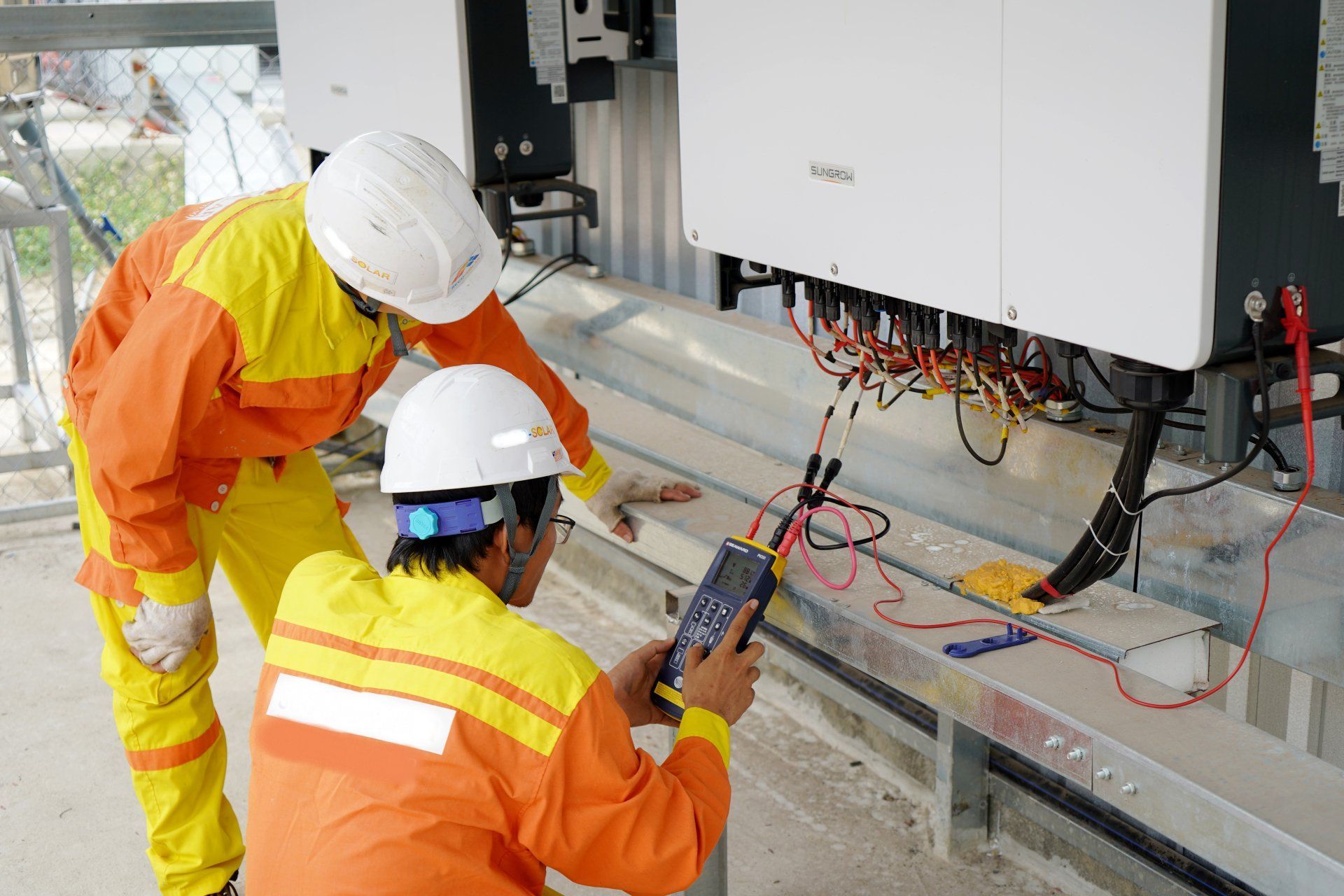
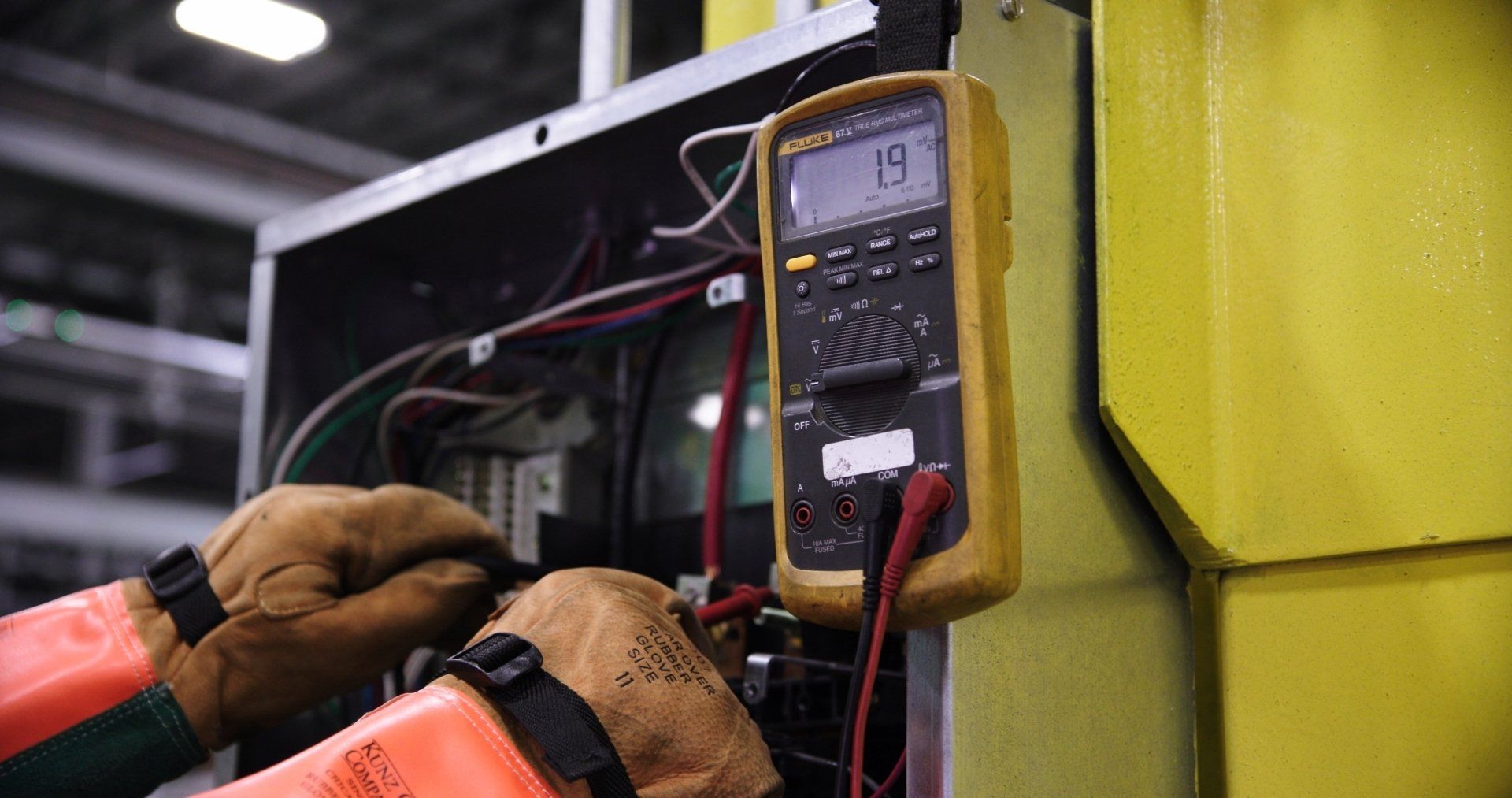
Safety Measures During Electrical Installation
During electrical installation, safety measures are key to avoiding accidents and injuries. Using personal protective equipment (PPE) and following safe work practices safeguard electricians from potential hazards.
Personal Protective Equipment (PPE)
Electricians rely on Personal Protective Equipment (PPE) to guard against hazards like electric arcing, burns, flying objects, and electric shock. PPE includes clothing for protection against electric arcing, burns, and electric shock; safety helmets; goggles for eye protection; gloves (leather or rubber); hearing protection; and insulated gloves for protection against electrical shocks and burns.
Adhering to safety standards outlined in the Standard for Electrical Safety in the Workplace, is essential for the safe use of PPE in electrical work.
Safe Work Practices
To minimize risks, it’s necessary to adhere to established guidelines and procedures during electrical installation. Adhering to approved codes of practice helps guarantee that electrical systems are secure and free from potential hazards.
OHS regulations safeguard employees from potential dangers in construction applications, including:
- Electric shock
- Electrocution
- Fires
- Explosions
Common Electrical Installation Mistakes
Mistakes in electrical installation like overloaded circuits and incorrect wiring can jeopardize safety and hinder system efficiency, especially when dealing with temporary electrical power, which may result in an electrical defect notice or even an electrical fire.
Resolving these issues is key to ensuring your electrical installation remains safe and efficient.
Overloaded Circuits
Overloaded circuits occur when too many devices or appliances draw power from a single circuit, potentially causing overheating and fires. Risks associated with overloaded circuits include overheating of circuit wiring, which can lead to melted wire insulation and potential fire hazards, as well as damage to appliances and strain on the electrical system.
Incorrect Wiring Connections
Incorrect wiring connections can result in short circuits, electrical shocks, and other hazards. Common incorrect wiring connections observed in electrical installations include exposed wires, loose connections, improperly secured outlets and switches, and burying electrical or junction boxes.
Hiring a qualified electrician can help prevent these issues and ensure the safety and efficiency of your electrical installation.
Maintaining Your Electrical System
For a safe, efficient electrical system, regular inspections and prompt issue resolution are necessary. Ensuring proper functioning and safety involves:
- Identifying any potential problems
- Checking for damage
- Assessing wear and tear
- Identifying safety hazards in the electrical system
The system should be inspected regularly and any arising issues should be promptly addressed. This can help
Regular Inspections
Regular electrical inspections by a qualified electrician help identify potential problems and ensure your electrical system remains in good working order. Inspections should be conducted at least annually to ensure proper functioning and safety.
It is advisable to schedule electrical inspections every 3 to 5 years for homeowners.
Addressing Potential Issues
Addressing potential issues promptly can prevent more significant problems, such as electrical fires or system failures.
Identifying the source of the problem, taking necessary steps to rectify the issue, and seeking the help of a professional electrician if the issue is more complex, are crucial for maintaining the safety and efficiency of your electrical installation.
Summary
In summary, understanding, planning, and maintaining electrical installations are crucial for home safety. Hiring a qualified electrician, using personal protective equipment, and following safe work practices can prevent accidents and injuries. Regular inspections, addressing potential issues, and avoiding common mistakes ensure the safety and efficiency of your electrical system. Take charge of your home’s electrical safety today and protect your family and property.
Free Quote Now
We will get back to you as soon as possible.
Please try again later.
Frequently Asked Questions
What is electrical installation?
An electrical installation is a group of items of electrical equipment that are permanently electrically connected together that is supplied with electricity from an electrical generating source.
What are the basics of electrical installation?
Electrical installation basics include electrical service connection and meter, disconnect switch, main service panel, sub panels, main circuit breaker, branch circuit breakers, devices, and outlets.
Who can install electrical wiring?
Only licensed Electrical Workers and Contractors are legally allowed to install electrical wiring in the Northern Territory.
What is the Australian standard for electrical wiring?
The Australian Standard AS 3000 sets out the requirements for design, construction and verification of electrical installations, including specifying the electrical wiring colours of RED for active, BLACK for neutral and GREEN-YELLOW for an Earth (ground).
What are the key components of an electrical system?
The key components of an electrical system are wiring, circuit breakers and outlets.
© 2023 All Rights Reserved. Eco Tech Electrical.
